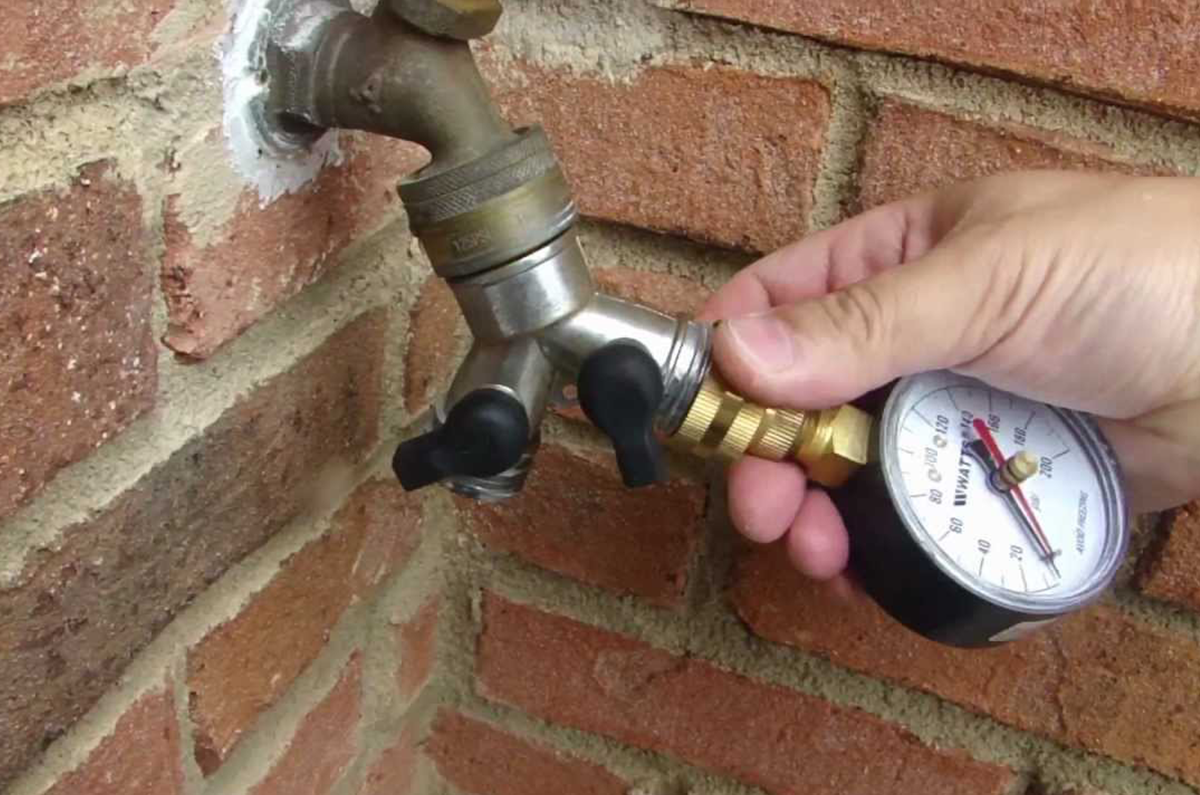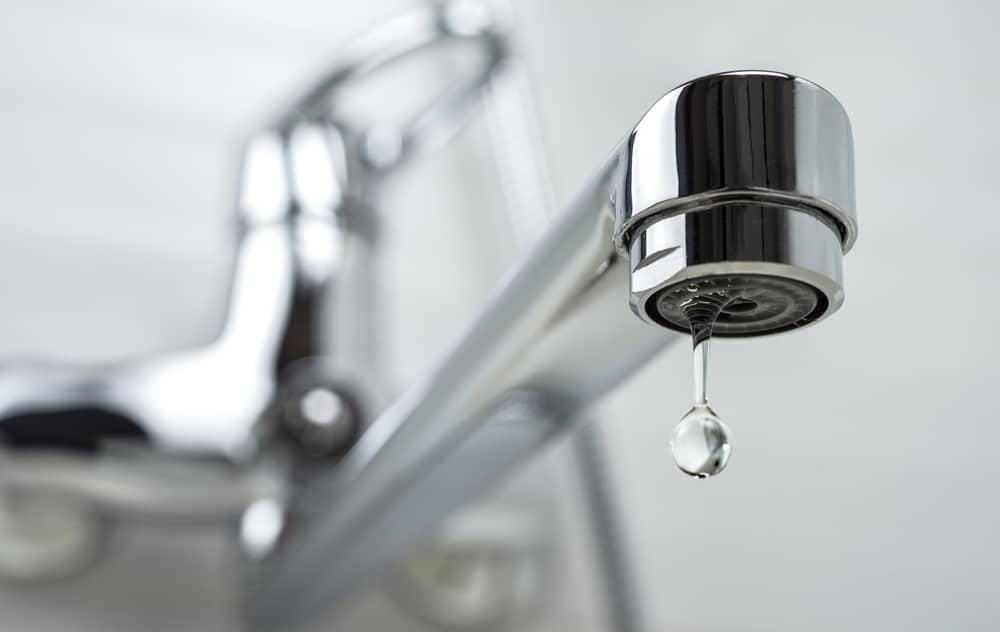Just how do you really feel when it comes to 10 Reasons for Low Water Pressure in Your House?

Low water stress in your house can be a discouraging problem, influencing every little thing from bathing to cleaning dishes. If you're experiencing weak water flow, there are a number of feasible reasons and remedies to discover. In this guide, we'll go over typical factors for low water stress and useful steps to attend to the issue efficiently.
Intro to Low Tide Pressure
Low water stress takes place when the circulation of water from your taps, showers, and other components is weak than normal. This can make daily tasks more difficult and much less efficient. Understanding the sources of low water stress is critical to finding the best option.
Usual Causes of Low Water Stress
Faulty Stress Regulatory Authorities
Pressure regulators are responsible for preserving regular water stress in your house. If they malfunction, it can cause low water pressure or irregular flow throughout your home.
Local Water System Issues
Occasionally, the issue lies outside your home. Community water supply issues, such as main line leakages or maintenance work, can momentarily lower water stress in your location.
Pipe Obstructions
Over time, pipelines can become clogged with natural resource, debris, or particles, limiting the flow of water. This is a typical issue in older homes with galvanized steel pipes.
Corrosion
Corrosion within pipes can bring about leaks and minimized water pressure. Rust accumulation can tighten water circulation, specifically in aging plumbing systems.
How to Identify Low Water Pressure
Checking Pipelines
Check visible pipelines for indicators of leakages, corrosion, or clogs. Take note of any unusual noises, such as knocking or rattling pipelines, which might show problems within the plumbing system.
Consulting with a Plumber
If you're unable to identify the root cause of low water pressure, consider working with an expert plumber to carry out a complete examination. They can identify underlying issues and advise appropriate solutions.
Checking Faucets and Fixtures
Start by evaluating the water pressure at different faucets and fixtures throughout your home. If the concern is separated to certain areas, it might indicate local problems.
Do It Yourself Solutions to Fix Low Tide Stress
Flushing Hot Water Heater
Sediment build-up in the hot water heater can restrict flow and lower efficiency. Flushing the tank periodically assists get rid of sediment and preserve optimal efficiency.
Inspecting Stress Regulatory Authority
Make certain that the stress regulator is working correctly. Changing or replacing the regulator can help restore proper water stress throughout your home.
Cleaning Aerators and Showerheads
Mineral deposits can collect in aerators and showerheads, minimizing water circulation. Remove and cleanse these components on a regular basis to improve water pressure.
Clearing Up Clogs in Pipeline
For minor clogs, try using a plumbing snake or chemical drainpipe cleaner to clear obstructions in pipes. Beware when making use of chemicals and adhere to safety and security standards.
When to Call a Professional Plumber
If do it yourself initiatives fall short to solve the issue or if you suspect substantial plumbing issues, it's ideal to seek aid from a certified plumber. They have the proficiency and tools to deal with intricate issues securely and efficiently.
Preventive Measures to Maintain Water Stress
Mounting a Stress Booster
Think about setting up a pressure booster pump to enhance water pressure in locations with constantly low flow. This can be especially valuable for multi-story homes or buildings with high-demand fixtures.
Surveillance Water Use
Bear in mind water use habits and stay clear of ill-using the plumbing system. Basic changes, such as staggering showers and laundry loads, can assist keep adequate water stress.
Normal Maintenance
Schedule routine maintenance for your plumbing system to prevent concerns such as deterioration, leakages, and obstructions. Attending to minor issues early can assist prevent more significant repair work later on.
Conclusion
Dealing with low water stress can be frustrating, however identifying the underlying reasons and executing appropriate remedies can restore ideal circulation throughout your home. Whether it's cleaning aerators, evaluating pipelines, or talking to a plumber, taking positive actions can make sure a constant supply of water for your daily requirements.
FOUR WAYS TO FIX LOW WATER PRESSURE NOW
Turning on a shower or faucet only to find the water comes out in a sad, slow drizzle is never a good feeling. How exactly are you supposed to wash a pan or take a quick shower when it takes 10 minutes just to rinse off a little soap? The good news is that when your water pressure is bad, there's always a cause: typically one that can be easily fixed. Here are some of the most common causes of low pressure and what you can do to fix the issue:
DEBRIS AND MINERAL DEPOSIT BUILDUPS
If you notice low water pressure from just one or two of the fixtures in your house, the problem likely has to do with debris buildup. Water is full of minerals and other debris, all of which can accumulate in your pipes and on your fixtures. This can cause a blockage that affects how much water flows through. To fix this, try filling a small plastic bag with white vinegar, and use a rubber band to hang it around your showerhead or faucet. Let the head of the fixture soak for a few hours, and the vinegar should loosen the deposits.
WATER LEAKS
Leaks are another common cause of low water pressure. If water is flowing out of your plumbing through a hole or crack before it can reach your fixture, the pressure coming out of the faucet or showerhead will be lower. A plumbing professional is your best bet for finding and repairing a leak in your water supply pipes.
Leaks are another common cause of low water pressure. If water is flowing out of your plumbing through a hole or crack before it can reach your fixture, the pressure coming out of the faucet or showerhead will be lower. A plumbing professional is your best bet for finding and repairing a leak in your water supply pipes.
A VALVE ISSUE
If you have low water pressure throughout your home, check your main shut-off valve to make sure it's completely open. You may also want to see if there's a pressure-reducing valve installed. If there is, have a plumber help you adjust the settings to get the pressure you're looking for.
OTHERS USING WATER
Believe it or not, your low water pressure could be caused by your neighbors. If you notice low pressure at certain times of day, it may be because you and the people living next to you have similar schedules - when everyone is showering at the same time, the pressure will be lower in every home. Low pressure throughout the neighborhood may also be caused by an issue with your municipal water supply. If that's the case, call the supplier to see if they're working on the issue.
https://www.rotorooter.com/blog/water-leaking/low-water-pressure-fixes/

I ran across that blog posting on 10 Reasons for Low Water Pressure in Your House when doing a lookup on the search engines. Enjoyed our blog entry? Please quickly share it. Help other people discover it. We enjoy reading our article about Dealing with Low Water Pressure in Your Home.
Call